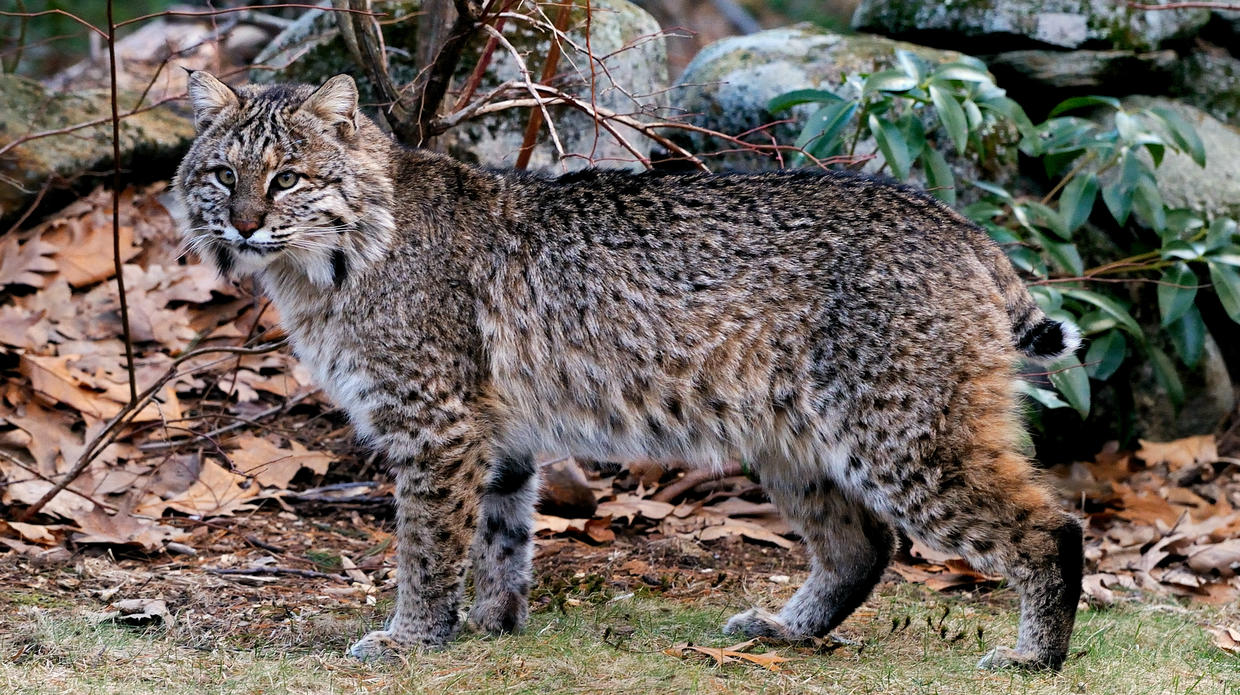Did you know that bobcats (Lynx Rufus) are endangered? Bobcats are killed for the sport of hunting and for their fur to make coats, shoes, rugs, and even ornaments. Many bobcats are also losing their homes due to the growing human population. How do you think this affects the bobcats, how do we impact them, and do you think it is best if the bobcat’s live in captivity?
In Southern California, researchers found that bobcats that are on either side of a major freeway are genetically differentiated because of habitat fragmentation. Many of the bobcats in Southern California were studied and were found infested with mange, an unsightly and painful condition from burrowing mange mites. Also, from the same study it showed different levels of anticoagulant rodenticide exposure, which gradually causes mortality in wild felids and other non-targeted species.
How do we impact them? Bobcats are dying due to poaching. They are also dying because some people hunt them for exotic food. Farmers are also killing bobcats because they pose as a threat to the farmers’ sheep, goats and other farm animals.
Do you think that bobcats should live in captivity? Bobcats tend to live longer in captivity than they do in the wild, they live up to 10-15 years in the wild and 20+ years in captivity. Zookeepers are justifying that bobcats have a longer lifespan in captivity, but, just because they are living longer when in captivity does not mean they should live in captivity.
Something we could do instead of having them in captivity is to block some areas of where they live. The areas we should block off are like the hardwood forests, coastal swamps, deserts, scrublands and boreal and coniferous mixed forests because these are places where the bobcats live in. No one likes anybody trespassing on their property so what right does it gives us to do it to them. Many of the bobcats are losing their habitats in Southern California, Iowa, and Mexico.
So, in conclusion, we should have some stronger regulations to preserve wildlife habitats and impose punishments for violators, because if we don’t then no one will follow anything. We should also have border barriers, so people don’t just walk into those areas. These barriers could also prevent the bobcats from straying into our yards and streets. Sure, they could jump over the barrier but they would be hesitant at first. Overall, we should protect and help the wildlife instead of harming them.
About the Author
Arianna Jeet is a 13-year-old girl who is going into the eighth grade. She loves animals and very concerned about their safety. She also wants to be a pediatrician when older.
